We Are LEADERS IN BULLYING Prevention
Bullying is defined as an ongoing misuse of power in relationships through repeated verbal, physical or social behaviour that causes physical or psychological harm
7 Different Types of Bullying
Bullying is a common problem these days, especially in schools.
Many school-aged kids misuse their power and mistreat their classmates based on their gender, race or other characteristics.
This type of negative behaviour is not always physical and there can be many different reasons why children bully their peers. In most cases bullies, just like the kids who are being bullied, are in need of help.
A bully may have had a traumatic childhood experience, low self-esteem or feelings of insecurity and because of these factors can act this negativity out on other kids.
According to statistics, around 10% of children at some point exhibit bullying behaviour within schools. Our belief here at AMAYDA is that steps should be taken to eradicate this problem.
Bullying comes in many forms and the classifications are made based on various factors. Here is a brief description of the main 7 different types of bullying which will make it easier to understand negative behaviours, so that the best steps can be taken to resolve the problem.
Verbal and Psychological Bullying
Verbal bullying has a negative impact on the psychology of the child being bullied. In fact, this form of bullying has the worst consequences. Victims can be affected to the point that they can’t forget this traumatic experience throughout their life.
In the most common cases bullies use statements, words and name-calling in order to gain control and power over their victim to demean, belittle and hurt them. This leads them to choose their victims based on how they act or look. At times, they focus on children with special needs.
Although the bumps and bruises heal with time, the child’s fragile mind is so sensitive that they are unable to recover and become stronger without special assistance.
Physical Bullying
Verbal abuse can grow into physical abuse if the victim doesn’t take the steps to prevent it at the initial stages. The victim should let an adult or person in authority know about the incidents as, inaction will lead the bully to continue with the belief that there will be no consequences.
Physical bullying can be experienced in many forms, such as:
- Hitting with or without weapons
- Spitting
- Slapping
- Tripping and kicking
- Pushing
- Destroying or stealing possessions
It’s important to keep in mind that bullies target children and adults that they think are weaker than them, that won’t fight back, or if they do will enjoy the victims reaction.
Racial Bullying
Racism and prejudices have always existed in our communities. Bullies that target other kids because of their religion, nationality, colour or race may live in an environment where they have learned this type of negative behaviours from others.
Racist bullying may include:
- Verbal, racist names, sending threats or insulting messages
- Damaging the target’s belongings
- Making personal attacks, assault or violence
- Excluding someone or treating them differently
- Making remarks about someone based on their race, culture or colour
- Telling racist jokes about the victim’s culture, race, nationality or colour
Racism has a negative impact on everyone and this form of bullying can make the target child feel as if they are not important and won’t fit in. Feelings of upset, confusion, anger or depression can make a person feel alone.
Girls Bullying
Girls may be harassed by other girls or boys in schools, the consequences of which can be devastating to a female. The reasons behind girls bullying are in a lot of cases referred to above and below, but can also be jealousy, peer pressure and status within groups. However, girls tend to be more prone to sexual bullying.
Common Forms of sexual bullying:
- Sexualized insults and name-calling
- Unwelcome looks and comments
- Inappropriate touching without consent
- Emotional blackmailing
- Displaying sexual content like sexual graffiti
Cyber Bullying
In our modern society, bullies are using technology to target their victims even when they are not physically around them. These bullies remain behind the keyboard while perpetrating their cruel acts.
Common types of cyber bullying includes:
- SMS
- IM via instant messaging apps
- Social media sites like Facebook, Twitter, SnapChat and Instagram
Since bullies don’t have to show their face, cyber bullying is becoming more common.
Social Bullying
Typically, this form of bullying is related to people in groups also known as pack mentality. A bully may exclude a certain member from the group and even spread lies or gossip about them. The idea is to make the victim isolated which has a severe mental and emotional effect on the victim.
Social bullying is quite common in schools, colleges, universities and workplaces. It doesn’t necessarily involve verbal or physical abuse so can be missed as it is indirect and hard to prove.
Sexual Orientation Bullying
With a modern world there comes new genders and sexual orientations, our society welcomes and embraces everyone regardless of these choices. Homophobia is when a bully doesn’t like their target because of their sexual preferences towards the same sex.
Homophobic bullying may include:
- Making negative comments online
- Ignoring or excluding the target
- Making sexual comments
- Hurting, punching, or hitting the victim
- Teasing or calling names
Some bullies turn opinions into abuse and target others just because they are transgender, bisexual, gay or lesbian. Unfortunately victims of gender identity or sexual orientation bullying are hesitant to report the abuse, and just keep it hidden.
All forms of bullying are unacceptable and as such we, at AMAYDA wish to enable our young people and communities to have the resources and tools to help them eliminate bullying NOW!
Testimonials
I have wanted to write for some time, to highlight our appreciation of the AMAYDA program for the students here at Ferny Grove State High School.
We believe that adding the program will help us further support students who may be disengaged or displaying significant behavioral issues, through a process of self-reflection and connection to others, enabling the young people to redirect their energy to more positive outcomes.




